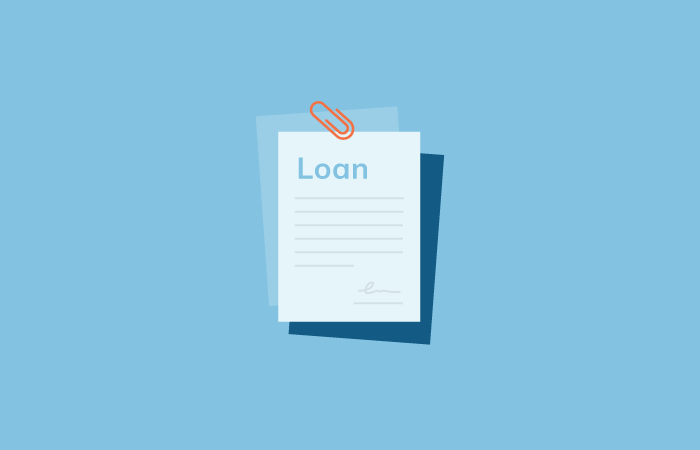Although funds for the Paycheck Protection Program (PPP) have been exhausted as of April 16, financial institutions are still working around the clock to fund the new loans. While participating PPP lenders were grateful to provide loans to small business owners, many financial institutions were also feeling some liquidity and funding pressure in response to the influx of loans.
PPP loans carry a 0% risk weighting, meaning they don’t count against the institution from a risk-based capital standpoint. However, some financial institutions have worried that additional assets could negatively affect the leverage ratio in the short term. “We don’t have to hold more capital against these loans, which is an interesting way to make the availability of this a little better, but it’s going to cost us some money to put these on the books,” explained Dave Koch, Managing Director of Advisory Services at Abrigo, during a recent podcast. While some institutions may have no liquidity problems issuing PPP loans, Koch cautions financial institutions to consider the possibility of needing more cash for potential withdrawals, or other issues that may arise during uncertain economic times. If financial institutions need to borrow money for the loans, there are several avenues they can take to do so, while still making money in the long run, Koch explained.







